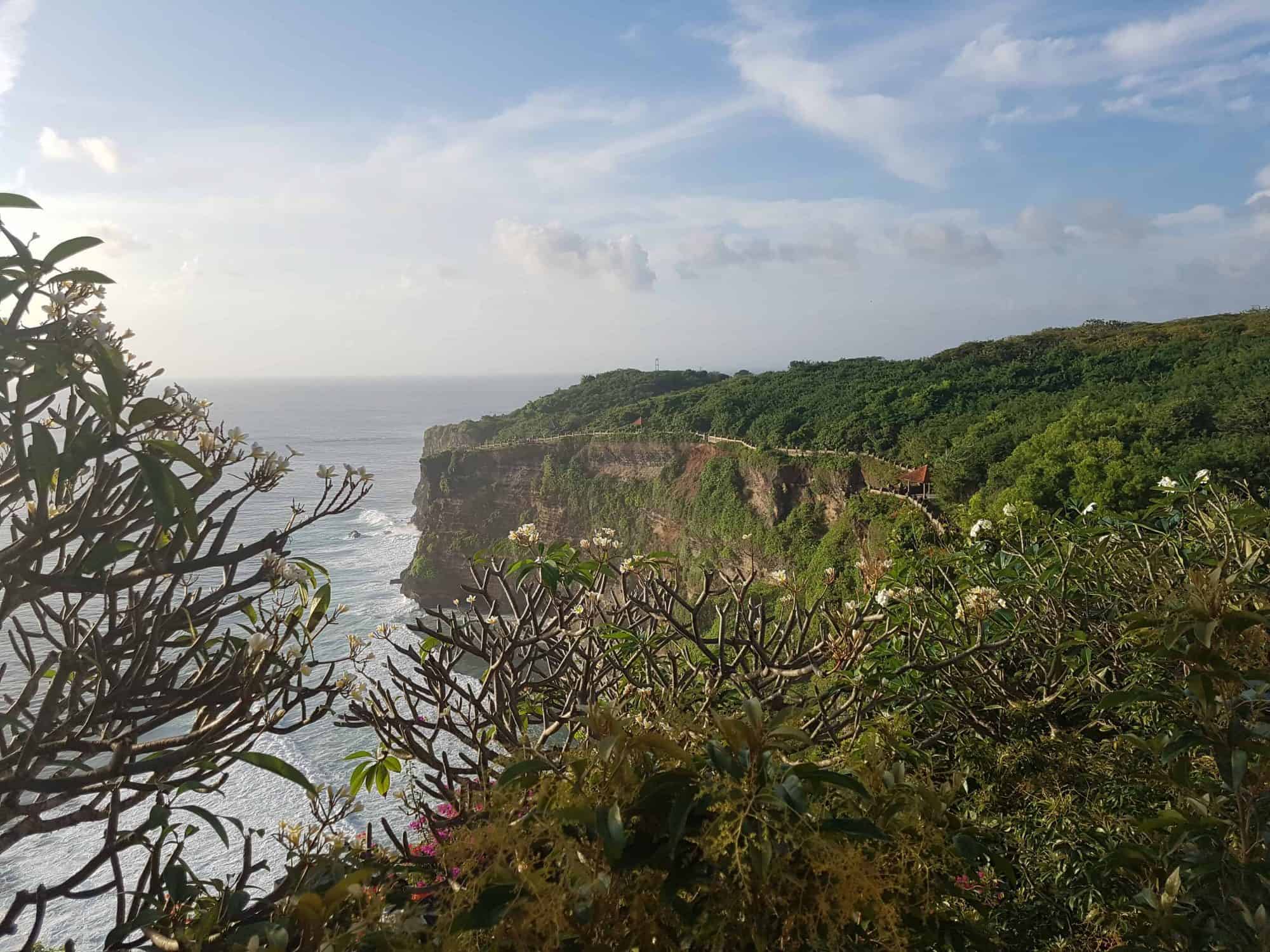Location, Location, Location...
Taipei 101 is the tallest sustainable skyscraper in the world, standing at 508m (1,667 ft) and 101 floors. When completed in 2004, this was the tallest building in the world until 2010 when the Burj Khalifa in Dubai surpassed it. The Taipei 101 was originally uncertified as a sustainable build. However, the architectural, engineering and design teams had an enormous task at hand. Taipei city is one of the most hazard-prone regions of the world where earthquakes and typhoons are common. They designed this building to be stiff enough to weather a typhoon yet flexible enough to survive an earthquake. Skyscrapers of this height face unique challenges from the wind. Hence, a 660 tonne tuned mass damper acts as a giant steel pendulum keeping the building in place.
Taipei 101 mass tuned damper. Source: Someformofhuman | CC BY-SA 4.0.
Initial Environmental Improvements
We can attribute the first noteworthy building environmental upgrades to the investments in a thermal energy storage system, a triple low-E glass facade and a state-of-the-art rainwater capture system. In November 2009, the owner of the building set a mission to gain Leadership in Energy and Environmental Design (LEED) certification from the existing buildings rating system. The U.S. Green Building Council awards this certification. Therefore, the building refurbishment standards had to meet LEED environmental and energy-saving criteria.
Sustainable Reforms
Taipei 101 implemented several energy-saving measures and environmental improvements to ensure that they achieved sustainable building certification. The basement level parking lots contribute to reducing the urban heat island effect because of their location.
The installation of low-mercury and no-mercury energy-efficient luminaires and lamp fixtures containing reduced exposure levels and potentially toxic emissions. In 2011, they saved more than US$2M a year by reducing the annual energy consumption by 33.41M kWh.
Water management systems work with low-flow water fixtures to reduce water usage. They always put the rainwater harvested by the building to excellent use. Motion-sensors save the building about 28,000 litres of potable water annually by managing all toilets, sinks, and urinal. This is a saving of at least 30% when compared to the water consumed by an average building of a similar size.
New room designs encourage desk lamps rather than overhead lights. Furthermore, motion-controlled custom lighting reduces energy use by 18%.
Air handling units monitor the levels of CO2 in the building and control air quality. When required, these units can draw in air from outside of the building to lower the CO2 levels.
Because of the extremely humid climate in Taiwan, the building has two sensors on each floor that monitor and control humidity levels. These sensors can activate the chilled water system within the air conditioning units to reduce the level of humidity.
Furthermore, Taipei 101 sponsors Zhong-Qiang park to preserve the green zone which improves the city’s air quality and reduces CO2 emissions.
Future Sustainable Buildings
We require foresight, investment and dedication to push a building to be the very best. Yes, it can add to the already exorbitant construction costs. However, this ensures that the building is not just sufficient to meet current regulatory standards but surpasses those standards and strives for genuinely sustainable credentials. Making sure that we build with the intention of future proof technology and regulations. Allowing future sustainably planned, engineered, designed and built large-scale construction projects to outperform goals for sustainable development.



















